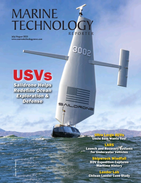Tethys Robotic's new ROV Leverages Nortek DVL Tech
A new Remotely Operated Vehicle (ROV) from Switzerland’s Tethys Robotics is aiming to provide a safer alternative to putting divers in the water, utilizing Nortek DVL to complete its navigation solution.
Jonas Wüst, CEO at Tethys Robotics, set out to meet these challenges of working efficiently, safely underwater following a student research project at Eidgenössische Technische Hochschule Zürich (ETH Zurich), a public university in Switzerland. Tethys Robotics’ goal was to build an autonomous underwater robot capable of being deployed in rough water with currents of up to 2 m/s. It would need to be capable of high-accuracy positioning and inspection of its immediate environment in near-zero visibility. This required a very accurate underwater navigation solution.
Controlling ROVs in Swirling Currents
If this can be achieved it provides immense advantages to operators, as they can focus on controlling the robot relative to the stationary physical surroundings, without having to worry about trying to control it against swirling currents.
To meet these positioning and navigation needs for their ROV, Wüst and his team equipped their small ROV with a Nortek DVL that meets their specific requirements for achieving bottom tracking and current measurements in the most difficult conditions, securing navigational accuracy.
The DVL, or Doppler Velocity Log, is an acoustic sensor that estimates velocity in water relative to the bottom, using a long pulse along a minimum of three acoustic beams, each pointing in a different direction.
During Tethys Robotics’ first discussions with Nortek, the DVL500 Compact had just been released. This is a 500 kHz DVL in a small form factor – a good match for the requirements of the small ROV the team at Tethys Robotics was working on. The DVL500 Compact represents the latest generation in survey-grade DVL technology. By combining the convenient size of the higher-frequency DVL1000 with the superior bottom-tracking range of traditionally larger 500 kHz systems, the DVL500 Compact provides developers of small robotic systems with a reliable, high-performance solution for aiding underwater navigation and control.
“The benefit of the DVL500 Compact for Tethys Robotics was the good penetration of the DVL’s signals through the bottom, river or lakebed,” explains Nortek’s Cristobal Molina, the Senior Sales Engineer working on the project.
The success of the unit has opened up a whole new world of applications.
“We are now aiming for applications where we can replace divers, especially in dangerous situations. We recently had our first test with a hydroelectric plant, where the underwater robot had to hold its position relative to the ground in a river flowing at up to 1.2 m/s. It was quite a milestone to see it used in this application, and how easy it is to do inspections if you have good localization and mapping,” Wüst says.
The technology promises significant benefits for the reliability and safety of important infrastructure.
 Underwater drone from Tethys Robotics with the DVL500 Compact from Nortek, which facilitates inspection work thanks to reliable positioning. Image courtesy Nortek
Underwater drone from Tethys Robotics with the DVL500 Compact from Nortek, which facilitates inspection work thanks to reliable positioning. Image courtesy Nortek





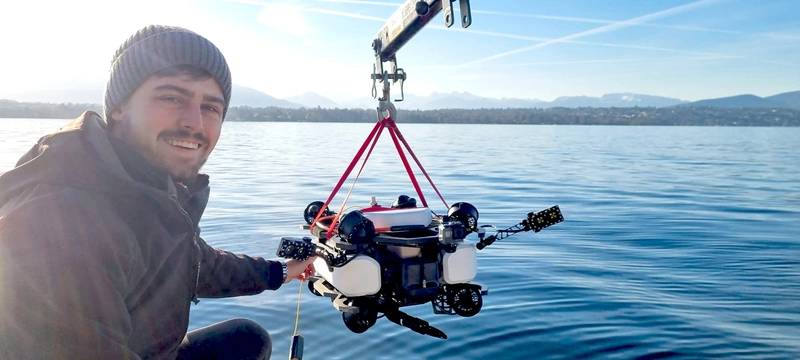
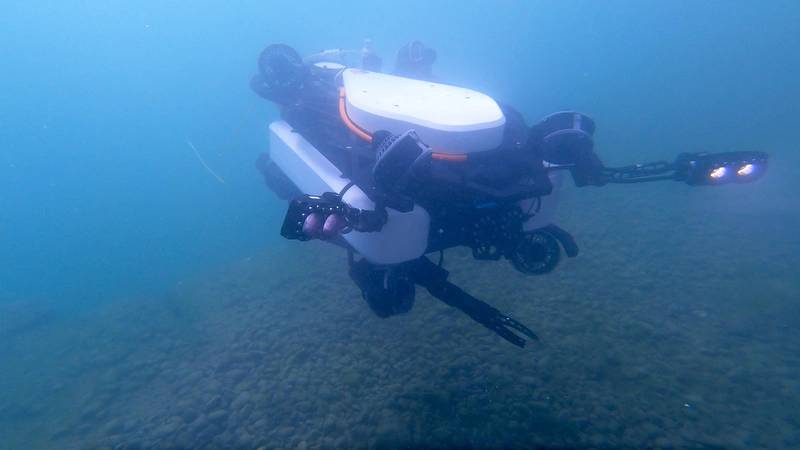
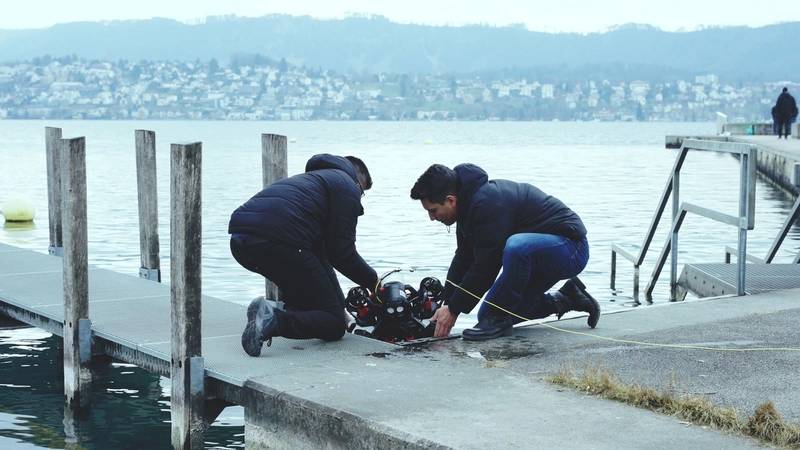
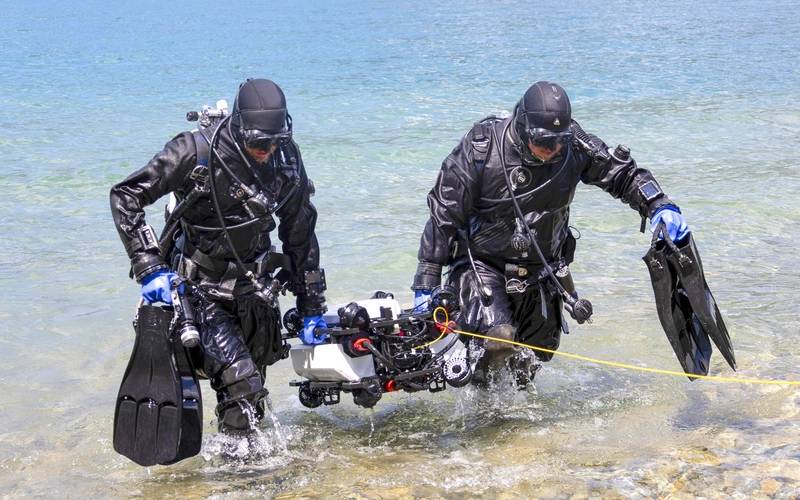
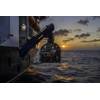
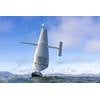



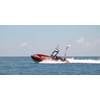






 August 2025
August 2025


